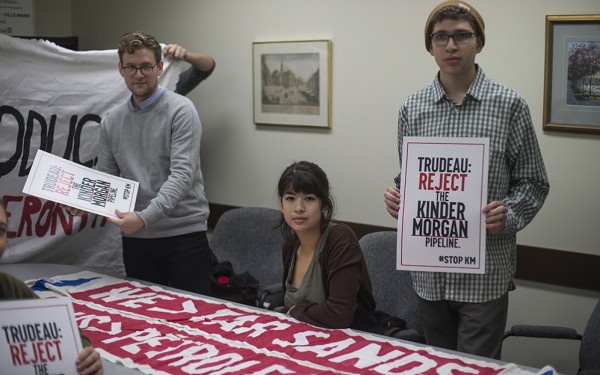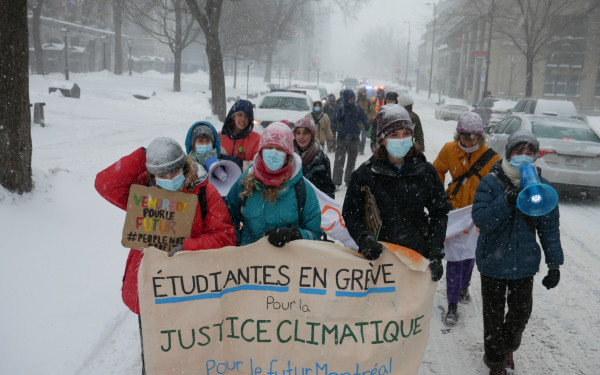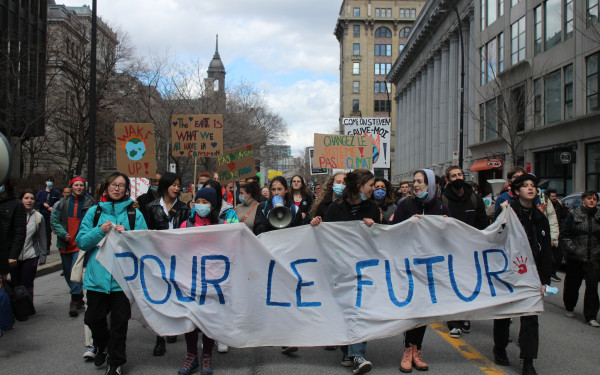Paris Agreement 5th anniversary: How has Canada progressed?
Canada straying off course due to conflict in legislation
On April 22, 2016, Prime Minister Justin Trudeau and 173 other world leaders signed the Paris Agreement, held at the United Nations headquarters in New York, in order to combat climate change.
As stated in the document, the purpose of this agreement is to hold the increasing global average temperature below 2 C pre-industrial levels, pursue efforts to limit the temperature increase to 1.5 C, and reduce the carbon emissions in Canada to 511 megatonnes (Mt) from 707 Mt by 2030.
In Canada’s Mid-Century Long-Term Low-Greenhouse Gas Development Strategy, it states that the country had pre-existing decarbonisation plans, claiming “Canada has already started to decarbonise and can do even more with currently available technologies. In its Canada 2015 review, the International Energy Agency (IEA) mentions that Canada has achieved important reductions to date through federal and provincial/territorial initiatives. The report underlines that in 2013, more than 75% of Canada’s current electricity generation mix is non-emitting due to significant production from hydro and nuclear and that, over the past decade, Canada has decreased its energy intensity by 20%.”
That being said, taking a look at the Greenhouse Gas Emissions: Canadian Environmental Sustainability Indicators document, there are inconsistencies between the current greenhouse emissions and the pre-existing development strategy mentioned prior. In Figure 1 of the document, it states the GHG emissions in 2018 have reached 729 megatonnes of carbon dioxide in the atmosphere, 22 megatonnes more than in 2016 when the Paris Agreement was signed.
Graduate climatology student from Concordia University Daniel Stephen Horen Greenford helped critique the ‘HEHE’ climate plan proposed in December 2020, which has a goal of providing a more complete strategy for decarbonization in Canada. “The HEHE only incentivizes domestic reductions of fossil fuel use, but allows a 20% and 17% increase in oil and gas production for exports over the next few decades. By allowing the continued expansion of oil and gas extraction, Canada is disavowing its global responsibility and still increasing its global climate impact,” states the critique.
Greenford’s critique of the climate plan, and the inconsistencies between the global carbon reduction target and the current progress, have led to him brainstorming in regards to possible solutions.
“We need to phase down oil and gas extraction, and do it in a way that prioritizes the long-term welfare of workers and communities in and near the oil patch, and around the country,” he said. “A simple first step would be to immediately phase out subsidies to the oil and gas industry and shift this spending to clean energy development and other sectors consonant with a zero emissions and environmentally sustainable economy.”
In the 2017 book The Paris Agreement on Climate Change: Analysis and Commentary, published by editors of the Oxford University Press, it is explained that, “The Paris Agreement, the third treaty adopted under the climate change regime, thus represents the latest stage in the international community’s efforts to address climate change.”
However, Canada’s actions have yet to honour its commitments to its global allies. With pre-existing documents and plans for combating climate change, more needs to be done for concrete changes in order to reach a stable and healthy planet for future generations.

WebEdit__857_600_90.jpg)




